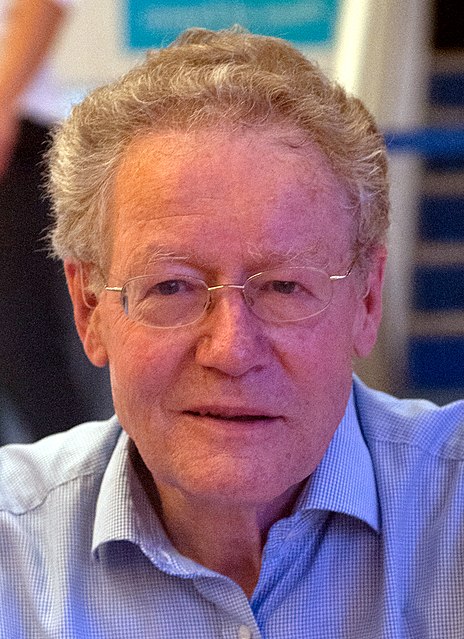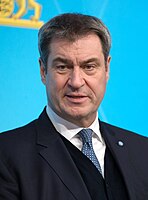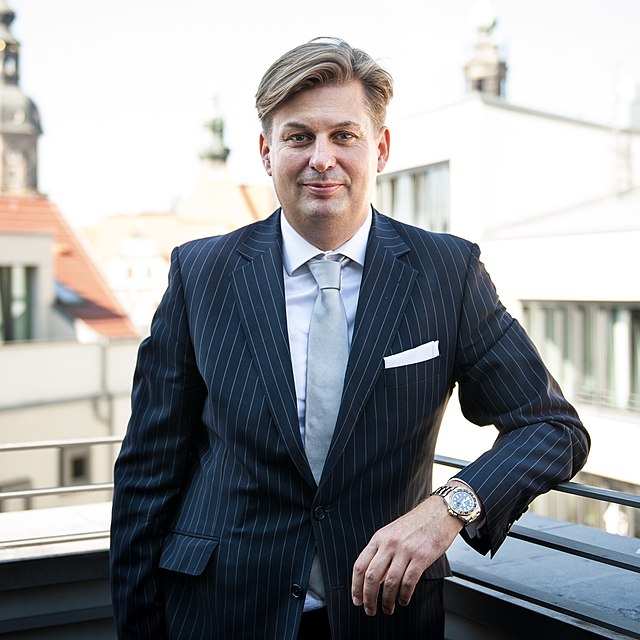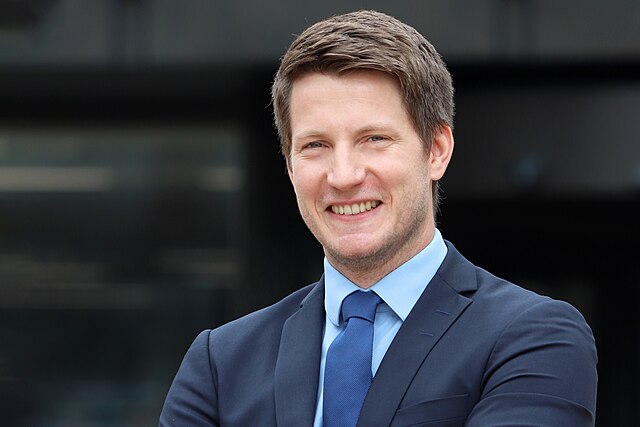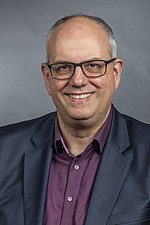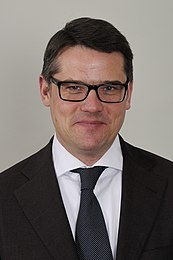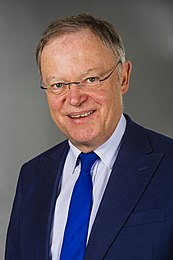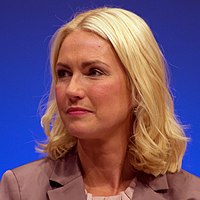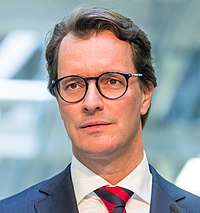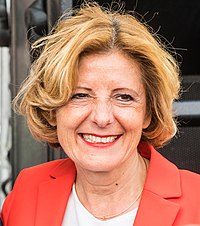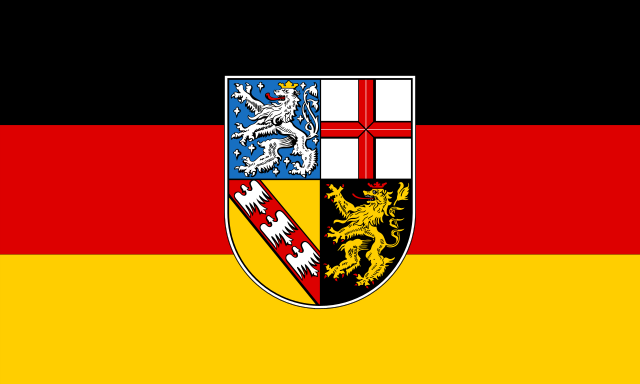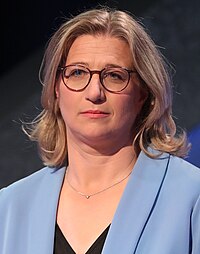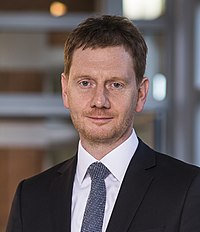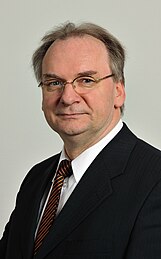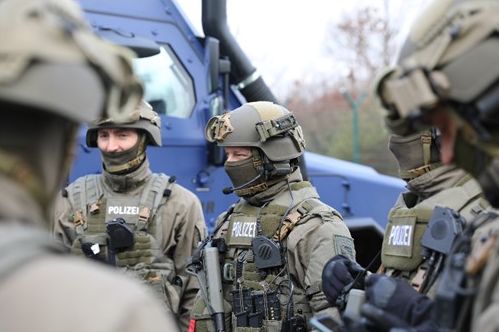- Oct 3, 2018
- 2,642
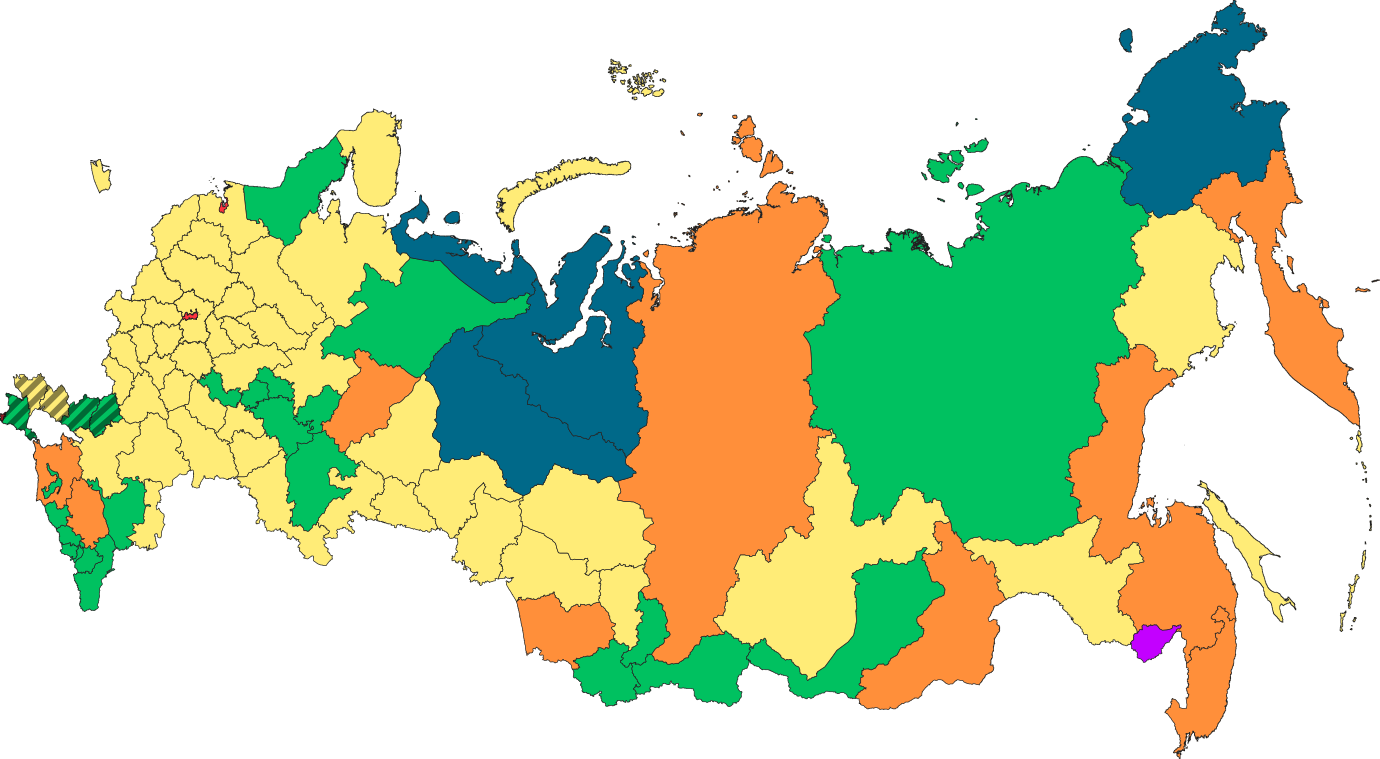
OOC: Excluding Donetsk and Luthansk Republics
| Legend | Description |
|---|---|
| 21 republics | Nominally autonomous, each with its own constitution, language, and legislature, but represented by the federal government in international affairs. Most are designated as the home to a specific ethnic minority as their titular nation or nations. |
| 9 krais | For all intents and purposes, krais are legally identical to oblasts. The title "krai" ("frontier" or "territory") is historic, related to geographic (frontier) position in a certain period of history. The current krais are not related to frontiers. |
| 46 oblasts | The most common type, with a governor and locally elected legislature. Commonly named after their administrative centres. |
| 3 federal cities | Major cities that function as separate regions. (Moscow, St. Petersburg, and Sevastopol) |
| 1 autonomous oblast | An Autonomous Oblast has increased powers compared to traditional oblasts, but not enough to be considered a Republic. The only one remaining is the Jewish Autonomous Oblast. |
| 4 autonomous okrugs | Occasionally referred to as "autonomous district", "autonomous area" or "autonomous region", each with a substantial or predominant ethnic minority designated as its titular nation. With the exception of Chukotka, each of the autonomous okrugs is part of another oblast (Arkhangelsk or Tyumen), as well as functioning as a federal subject by itself. |
The Minister-president (German: Ministerpräsident) is the head of state and government in thirteen of Germany's sixteen states.
In the remaining three the heads of state hold the following titles:
- in Berlin Governing Mayor (Regierender Bürgermeister) (before 1951 Mayor/Bürgermeister)
- in Bremen President of the Senate and Mayor (Präsident des Senats und Bürgermeister)
- in Hamburg First Mayor (Erster Bürgermeister).
Nevertheless, in Germany, it is common to refer to all sixteen heads of the states as minister-presidents, if they are referred to collectively. For example, the regular meetings of the sixteen office-holders are called Conference of minister-presidents (Ministerpräsidentenkonferenz).
As the German constitution (Basic Law) defines the Federal Republic of Germany as a federation, each German state enjoys sovereignty, limited only by the Basic Law. The Basic Law gives the states a broad discretion to determine their respective state structure, only stating that each German state has to be a social and democratic republic under the rule of law (Article 28.1).
In practice all German states have adopted some form of a mixed parliamentary republican system: Despite some differences between the individual state constitutions, the minister-presidents have both typical powers of an executive leader (for example appointing and dismissing cabinet members or defining the political guidelines of the cabinet) and typical powers and functions of a head of state (for example the power to grant pardons on behalf of the state and to perform certain ceremonial duties).
As such, their powers and functions resemble those of an executive president, but in contrast to a presidential system, they are not directly elected and depend on the confidence of the respective state parliament. Thus, the constitutional position of a minister-president differs from that of the Chancellor of Germany at the federal level, who only holds the role of a chief executive leader, while the President of Germany performs the more ceremonial powers and functions of the federal head of state.
Even though all sixteen Minister-presidents hold roughly the same position in their states, there are also some important differences between the provisions of the state constitutions with regard to the head of state and government.
This begins with the election procedure: All Minister-presidents are elected by the state parliament, but while in some states a majority of parliament members is needed for a successful election, in other states a simple majority (a plurality of votes cast) is sufficient. The same goes for recall procedures: In some states, the parliament may simply vote an officeholder out of office, while in other states the parliament has to elect a new officeholder at the same time (Constructive vote of no confidence). In Bavaria, the constitution does not allow a recall of the minister-president at all.
In fifteen states, the state constitution defines the minister-president as the leader of the cabinet, giving him or her the right, to determine the cabinet's political guidelines, but this is not the case in Bremen, where the President of the Senate and Mayor only has a ceremonial precedence over the other cabinet members. There are also differences regarding the Minister-president power, to shape his or her cabinet: While in some states the office-holder is free to appoint or dismiss cabinet ministers at his or her discretion, in other states there are limits to this power, while the constitution of Bremen does not give the President of the Senate and Mayor any power, to directly influence the composition of his or her cabinet.
By virtue of their position in the Bundesrat, the Minister-presidents can exert considerable influence on national politics within the federal structure. Along with several of their ministers, they commonly represent their state in the Bundesrat (the German Federal Council). Each state government is represented in the Bundesrat by three to six delegates, depending on the state's population.
Last edited:




